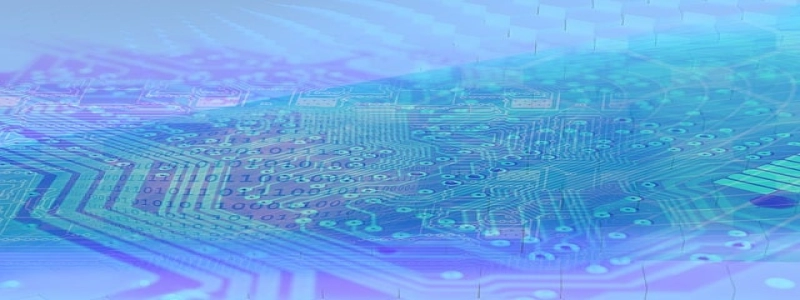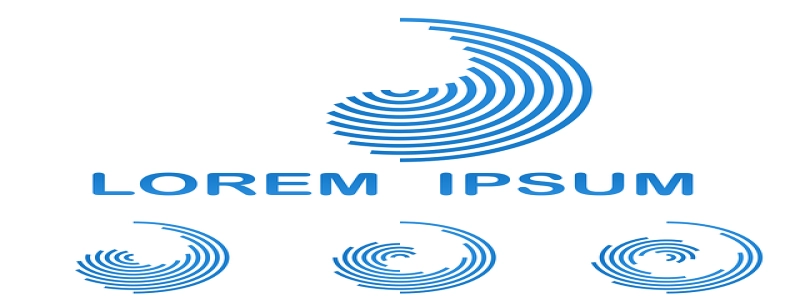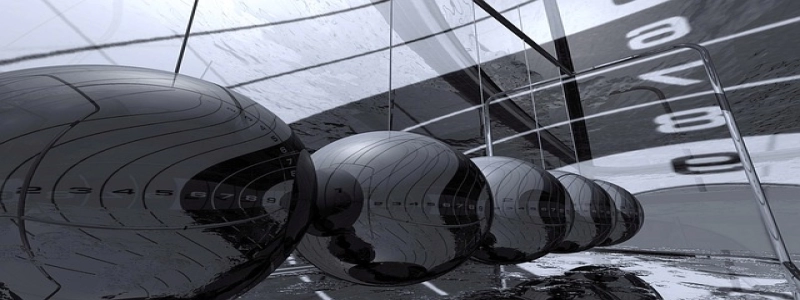What are Two Characteristics of Fiber-Optic Cable?
I. Introduction
A. Importance of Fiber-Optic Cable
B. Definition of Fiber-Optic Cable
II. First Characteristic: High Bandwidth
A. Explanation of Bandwidth
B. Fiber-Optic Cable as a Solution
C. Benefits of High Bandwidth in Fiber-Optic Cable
III. Second Characteristic: Low Attenuation
A. Definition of Attenuation
B. Comparison with Copper Cables
C. Advantages of Low Attenuation in Fiber-Optic Cable
IV. Conclusion
A. Recap of Two Characteristics of Fiber-Optic Cable
B. Importance of Fiber-Optic Cable in Modern Communication Systems
C. Future Potential of Fiber-Optic Cable
I. Introduction
In today’s fast-paced digital world, the effective transmission of data and information is crucial for various industries and sectors. One technological advancement that has revolutionized communication networks is the fiber-optic cable. This article aims to explore two key characteristics of fiber-optic cable, namely its high bandwidth and low attenuation.
II. First Characteristic: High Bandwidth
Bandwidth refers to the amount of data that can be transmitted within a specific time frame. Fiber-optic cable excels in this aspect due to its ability to carry a large amount of data at high speeds. Unlike traditional copper cables, the thin glass or plastic fibers in fiber-optic cables transmit data using light-generated pulses. This makes them capable of handling higher data rates, resulting in significantly higher bandwidths.
The high bandwidth of fiber-optic cables allows for the transmission of large files and data-intensive applications with minimal latency. This characteristic is particularly beneficial for industries such as telecommunications, healthcare, finance, and media, where large volumes of data need to be transmitted rapidly and reliably.
III. Second Characteristic: Low Attenuation
Attenuation refers to the loss of signal strength that occurs as it travels through a medium. Fiber-optic cable exhibits low attenuation, making it superior to traditional copper cables. Copper cables experience significant signal loss over long distances and are susceptible to electromagnetic interference, resulting in signal degradation. Fiber-optic cables, on the other hand, maintain their signal integrity over extended distances due to the use of light pulses.
Low attenuation in fiber-optic cables allows for longer transmission distances without compromising the quality and speed of the signal. This characteristic makes fiber-optic cable ideal for long-haul communication networks, such as undersea cables and intercontinental connections.
IV. Conclusion
In conclusion, the two characteristics of fiber-optic cable that set it apart from traditional copper cables are its high bandwidth and low attenuation. The high bandwidth enables the transmission of large volumes of data at high speeds, making fiber-optic cable essential for data-intensive applications. Additionally, the low attenuation in fiber-optic cable ensures reliable signal transmission over long distances, making it suitable for long-haul communication networks.
Fiber-optic cable plays a vital role in modern communication systems as it provides the infrastructure needed to support the growing demand for faster and more reliable data transmission. As technology continues to advance, the potential of fiber-optic cable to further revolutionize communication networks and contribute to future innovations is immense.








